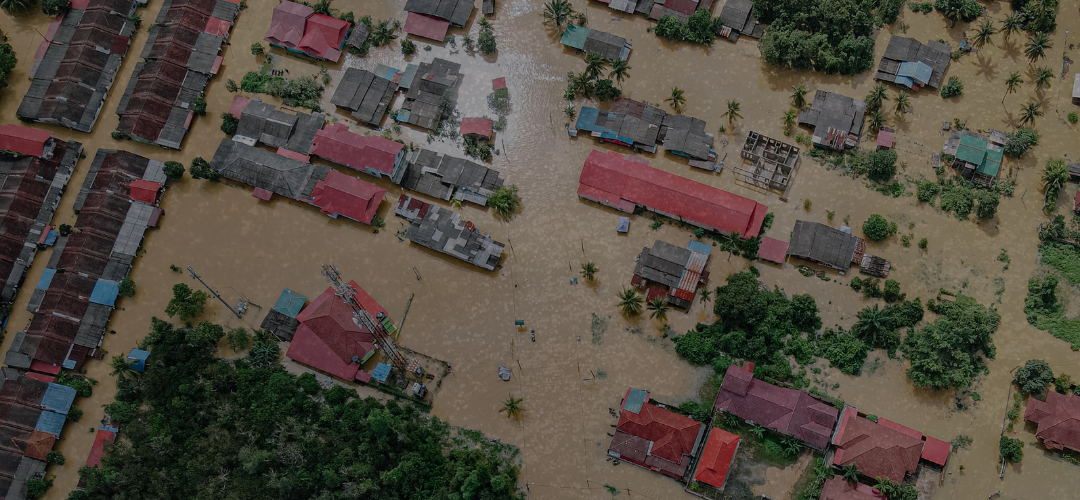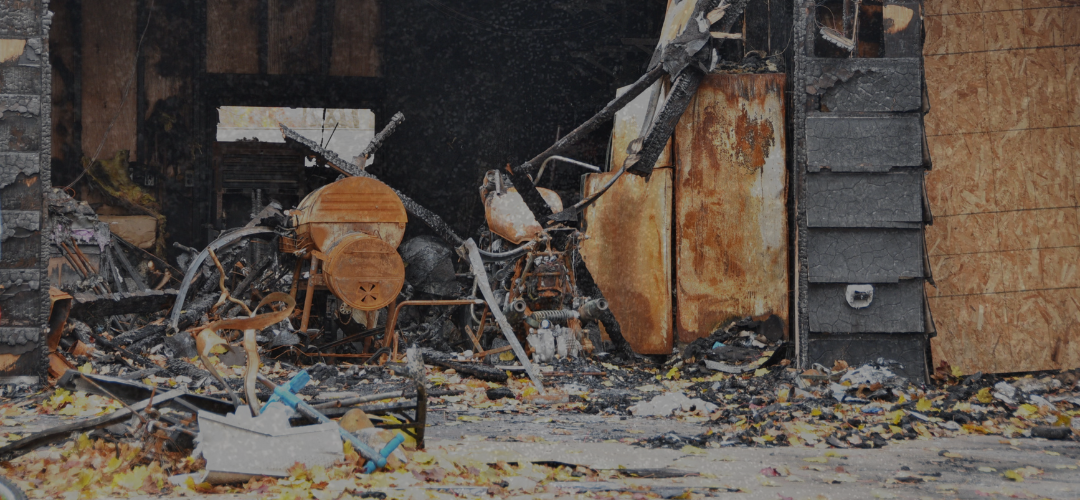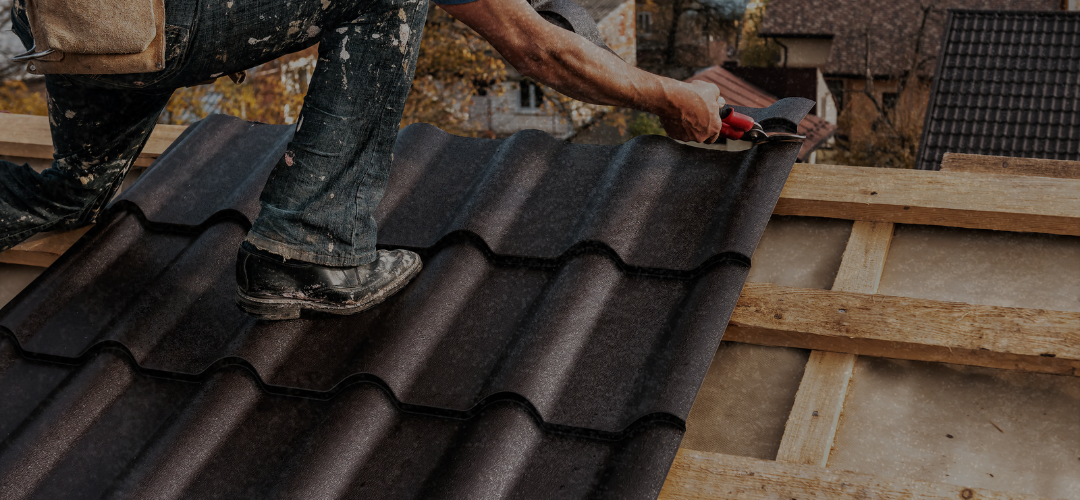Why Home Safety & Preparedness Matter
Every Charlotte homeowner faces unexpected challenges that can threaten their property and family’s well-being. The real impact of home emergencies goes far beyond what most people realize. Financial losses from preventable disasters often reach tens of thousands, while the emotional stress affects families for months or years. Many households experience sleepless nights, anxiety, and relationship strain after major home emergencies.
Common myths about home safety create dangerous gaps in protection. Some believe newer homes don’t need safety upgrades, while others think basic smoke detectors provide complete fire protection. These misconceptions leave families vulnerable during critical moments when every second counts.
Smart preparation saves both lives and money through early detection and quick response. Homes with proper safety systems experience 70% less damage during emergencies compared to unprepared properties. Professional emergency response planning also reduces recovery time by weeks, getting families back to normal life faster.
Year-round protection requires different strategies for each season’s unique challenges. Charlotte’s climate presents specific risks including severe thunderstorms, ice storms, flooding, and extreme heat waves. Content Restoration Services has witnessed how seasonal preparation makes the difference between minor inconvenience and major catastrophe during their over 25 years serving local families.
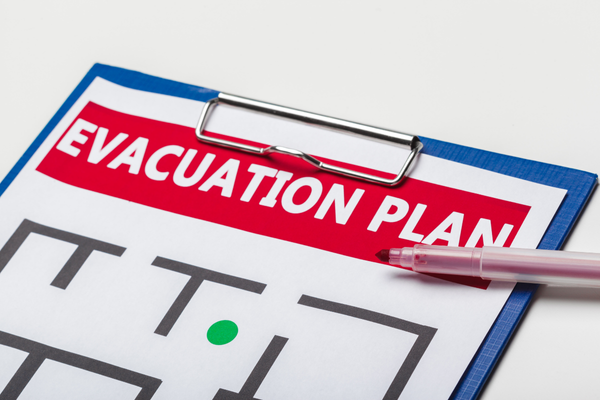
Table of Contents
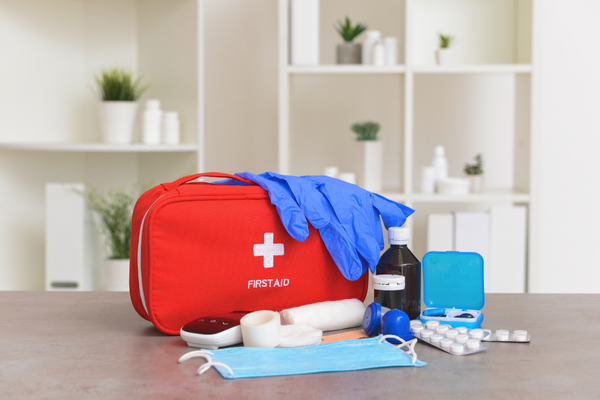
Essential Home Safety Systems & Equipment
Fire Safety Infrastructure
Proper smoke and carbon monoxide detector placement creates the first line of defense against deadly threats. Install detectors in every bedroom, hallway, and level of the home, including basements and attics. Test batteries monthly and replace units every ten years, marking replacement dates on calendars for consistent maintenance.
Different fire extinguisher types serve specific purposes throughout the home. Class A extinguishers handle ordinary materials like wood and paper, while Class B tackles flammable liquids, and Class C addresses electrical fires. Position extinguishers near kitchen areas, garages, workshops, and furnace rooms for quick access during emergencies.
Family escape route planning saves precious seconds when fires strike. Practice two exit routes from every room, designating outdoor meeting spots away from the house. Children need regular drills to remember escape procedures under stress, while adults should practice crawling low under smoke and testing doors for heat before opening.
Kitchen fire prevention focuses on controlling common ignition sources. Keep cooking areas clean from grease buildup, never leave cooking unattended, and maintain proper clearances around heat sources. Install range hood fire suppression systems in homes with extensive cooking activities, and teach family members how to smother grease fires safely.
Security Systems & Physical Protection
Door and window reinforcement creates physical barriers against intrusion attempts. Upgrade to solid core doors with heavy-duty deadbolts, reinforcing door frames with longer screws reaching into wall studs. Window security film makes glass harder to break, while window locks prevent easy opening from outside.
Modern security systems offer both smart technology and traditional protection methods. Wireless systems provide remote monitoring through smartphone apps, while hardwired systems remain functional during power outages. Motion sensors, door contacts, and glass break detectors create multiple detection layers for complete coverage.
Strategic outdoor lighting eliminates dark hiding spots around properties. LED floodlights with motion activation conserve energy while providing bright illumination when needed. Timer-controlled landscape lighting creates the appearance of occupancy, while avoiding predictable on-off patterns that signal absence.
Safe room planning provides ultimate protection during home invasions or severe weather. Choose interior rooms without windows, preferably with concrete walls or heavy construction. Stock rooms with communication devices, first aid supplies, and emergency food and water for extended stays.
Electrical Safety & Prevention
Circuit breaker maintenance prevents electrical fires and system failures. Test breakers monthly by switching them off and on, watching for signs of wear like loose connections or burn marks. Label all breakers clearly so family members can quickly shut off power during emergencies.
GFCI outlet installation protects against electrical shock in wet areas. Install GFCI protection in bathrooms, kitchens, garages, and outdoor locations where water contact poses risks. Test GFCI outlets monthly using built-in test buttons, replacing any units that don’t trip properly.
Extension cord safety requires proper selection and usage practices. Choose cords rated for intended loads, avoiding daisy-chaining multiple cords together. Inspect cords regularly for damage like cracked insulation or bent plugs, replacing damaged cords immediately rather than attempting repairs.
Professional electrical inspections identify problems before they cause fires or injuries. Schedule inspections every five years in newer homes, every three years in older properties. Warning signs like flickering lights, warm outlets, or burning smells require immediate professional attention from qualified electricians.

Seasonal Home Maintenance & Safety Protocols
Spring Safety Preparation
Spring roof and gutter inspection reveals winter damage that needs immediate attention. Look for missing or damaged shingles, clogged gutters, and ice dam damage around edges. Clear debris from gutters and downspouts, checking that water flows properly away from foundations.
HVAC system preparation includes filter replacement and professional cleaning after winter operation. Change filters monthly during peak usage seasons, upgrading to higher MERV ratings for better air quality. Professional duct cleaning removes accumulated dust and allergens that reduce system efficiency.
Pest control activities focus on sealing entry points before insects and rodents become active. Inspect foundations, siding, and roofing for gaps that allow pest entry. Caulk small openings and repair damaged screens, while scheduling professional pest control treatments for ongoing protection.
Outdoor equipment safety checks include lawn mowers, trimmers, and power tools stored during winter months. Change oil, replace spark plugs, and sharpen blades on lawn equipment. Test emergency generators and backup power systems, refilling fuel tanks and checking battery connections.
Summer Protection Strategies
Heat-related safety becomes critical during Charlotte’s hot, humid summers. Maintain air conditioning systems through professional servicing and regular filter changes. Install programmable thermostats to reduce energy costs while maintaining safe indoor temperatures for family members and pets.
Pool and water feature safety protocols prevent drowning accidents and injuries. Install proper fencing with self-closing gates around pools, and maintain water chemistry within safe ranges. Keep rescue equipment readily available, and teach all family members basic water safety skills.
Severe weather preparation addresses Charlotte’s thunderstorm and flooding risks. Trim trees near houses to prevent branch damage during storms, and clean storm drains around properties. Create emergency response plans that include evacuation routes and communication methods for family coordination.
Landscaping modifications reduce fire risks and improve security around homes. Create defensible space by removing dead vegetation near structures, and choose fire-resistant plants for landscaping. Strategic plant placement eliminates hiding spots while maintaining attractive outdoor spaces.
Fall Winterization Process
Heating system preparation includes professional inspection and chimney cleaning before cold weather arrives. Replace furnace filters and test carbon monoxide detectors throughout homes. Schedule professional chimney cleaning to remove creosote buildup that creates fire hazards during winter heating.
Pipe insulation prevents costly freeze damage during unexpected cold snaps. Insulate exposed pipes in crawl spaces, attics, and unheated areas using foam sleeves or heat tape. Know the location of main water shutoffs so you can quickly stop water flow if pipes burst.
Generator maintenance includes fuel system inspection and test runs before winter storms. Change oil and replace spark plugs annually, and test automatic transfer switches if installed. Store fuel properly in approved containers, rotating stock to prevent degradation.
Emergency supply rotation checks expiration dates on stored food, water, and medical supplies. Replace expired medications and batteries, and test emergency radios and flashlights. Update emergency contact lists and make copies of important documents for emergency kits.
Winter Emergency Readiness
Ice dam prevention protects roofs from water damage during freeze-thaw cycles. Add attic insulation and ventilation to maintain consistent roof temperatures. Install heated cables along roof edges in problem areas, and remove snow buildup before it becomes too heavy.
Power outage preparation becomes essential during winter storms that commonly affect Charlotte area homes. Test backup heating sources like fireplaces or space heaters, and stock alternative lighting options. Keep battery-powered or hand-crank radios available for emergency information when power fails.
Indoor air quality management addresses sealed-home conditions during winter months. Use exhaust fans in bathrooms and kitchens to remove moisture, and consider whole-house ventilation systems for consistent air exchange. Monitor humidity levels to prevent mold growth in tightly sealed spaces.
Carbon monoxide prevention requires special attention during heating season when gas appliances run continuously. Install CO detectors near sleeping areas and test them monthly. Never use gas grills, camping stoves, or generators inside homes or attached garages where deadly gases can accumulate.

Natural Disaster & Emergency Preparedness
Regional Risk Assessment
Charlotte area homes face specific natural disaster risks that require targeted emergency preparedness and response planning. Severe thunderstorms bring damaging winds, hail, and tornado threats during spring and summer months. Winter ice storms cause widespread power outages and tree damage, while summer flooding affects low-lying areas near creeks and rivers.
Location-specific emergency response planning addresses neighborhood characteristics and available resources. Identify evacuation routes that avoid flood-prone areas, and locate community shelters and emergency services. Research local emergency management resources and sign up for weather alert systems provided by Mecklenburg County.
Insurance coverage evaluation protects financial interests during disasters. Review policies annually to confirm adequate coverage for rebuilding costs at current prices. Document home contents through photos and videos, storing records in fireproof safes or cloud storage for post-disaster claims processing.
Community resource identification creates support networks during emergencies. Connect with neighbors to share resources and assistance during disasters. Learn about local emergency response organizations and volunteer opportunities that strengthen community preparedness efforts.
Emergency Supply Planning
Every home needs well-stocked emergency kits containing supplies for at least 72 hours of self-sufficiency. Include one gallon of water per person per day, plus additional water for pets and hygiene needs. Store water in food-grade containers and rotate stock every six months to maintain freshness.
Non-perishable food selection focuses on nutrition and storage stability. Choose canned goods, dried fruits, nuts, and energy bars that provide balanced nutrition without refrigeration. Include manual can openers and disposable plates and utensils for easy meal preparation during power outages.
Medical supply management addresses prescription medications and first aid needs. Maintain a 30-day supply of essential medications in emergency kits, rotating stock to prevent expiration. Include first aid supplies like bandages, antiseptic, and pain relievers for treating minor injuries when professional help isn’t available.
Important document protection preserves critical paperwork during disasters. Store copies of identification, insurance policies, bank records, and medical information in waterproof containers. Consider digital copies stored in secure cloud services for access from any location during evacuations.
Communication & Evacuation Planning
Family emergency communication plans keep members connected during disasters when normal phone service fails. Designate out-of-state contacts who can relay messages between separated family members. Program emergency numbers into all cell phones and keep written copies in emergency kits.
Multiple evacuation route planning prevents bottlenecks during widespread emergency evacuations. Map several routes to safe destinations, avoiding bridges and flood-prone areas when possible. Practice driving routes during normal conditions so family members know alternatives if primary routes become blocked.
Pet emergency arrangements require advance planning since many shelters don’t accept animals. Identify pet-friendly shelters or boarding facilities outside potential disaster zones. Prepare pet emergency kits with food, medications, carriers, and identification information for quick evacuation.
Coordination with elderly or disabled family members addresses special needs during emergencies. Create detailed care plans that include medication schedules, mobility equipment, and caregiver contacts. Register with local emergency management for priority assistance during evacuations if needed.
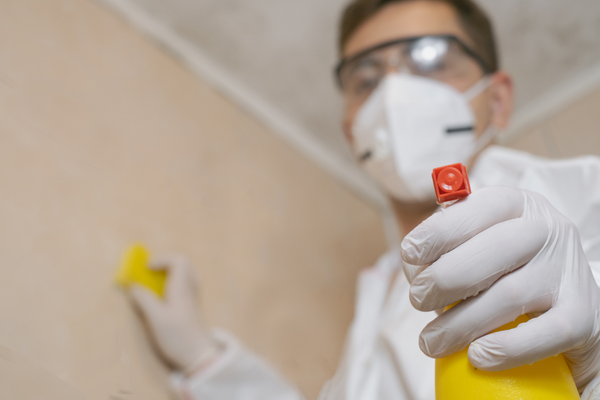
Home Maintenance for Long-term Safety
Structural Integrity Monitoring
Foundation inspection identifies structural problems before they become major safety hazards. Check for new cracks in basement or crawl space walls, and monitor existing cracks for changes in size. Look for signs of settling like doors that stick or floors that slope, which may indicate foundation movement.
Roof maintenance extends system life while preventing water damage from leaks and weather exposure. Inspect shingles annually for missing or damaged pieces, and check flashing around chimneys and vents. Replace worn roof materials promptly to prevent interior water damage during storms.
Window and door seal maintenance prevents air leaks that increase energy costs and allow moisture intrusion. Check weatherstripping annually and replace worn seals that no longer create tight closures. Caulk gaps around window frames and door trim to maintain building envelope integrity.
Deck and stair safety inspections prevent falls and structural failures. Test railing stability and look for loose connections or rotted wood members. Check that stair handrails meet current building codes for height and strength, especially on exterior stairs exposed to weather.
Water Damage Prevention
Plumbing system maintenance schedules prevent catastrophic failures that cause extensive property damage. Inspect visible pipes annually for leaks or corrosion, and flush water heater systems to remove sediment buildup. Know the location of main water shutoffs and individual fixture shutoffs for quick response during emergencies.
Basement waterproofing and drainage systems protect lower levels from flood damage during heavy rains. Clean gutters and downspouts regularly to direct water away from foundations. Consider installing sump pumps in basements prone to flooding, and test pump operation before storm seasons.
Appliance maintenance prevents failures that cause water damage throughout homes. Replace washing machine hoses every five years, and inspect connections for signs of wear or leaks. Monitor dishwasher seals and water heater connections, replacing components before they fail.
Early warning systems detect water problems before they cause major damage. Install water sensors near appliances, in basements, and around water heaters to provide immediate leak alerts. Consider whole-house water shutoff systems that automatically stop water flow when leaks are detected.
Indoor Air Quality & Health Safety
Mold prevention and detection protects family health while preventing structural damage to homes. Control moisture sources through proper ventilation and humidity management. Inspect areas prone to moisture problems like bathrooms, basements, and attics for signs of mold growth.
Ventilation system maintenance removes contaminants while providing fresh air circulation throughout homes. Clean ductwork every three to five years to remove accumulated dust and debris. Replace HVAC filters regularly using appropriate MERV ratings for family health needs.
Radon testing and mitigation addresses this invisible health threat found in many Charlotte area homes. Test radon levels every two years using certified testing kits or professional services. Install mitigation systems if levels exceed EPA guidelines, and retest after system installation.
Chemical storage and disposal safety prevents accidental poisoning and environmental contamination. Store household chemicals in original containers away from children and pets. Participate in community hazardous waste collection events for proper disposal of expired chemicals and batteries.
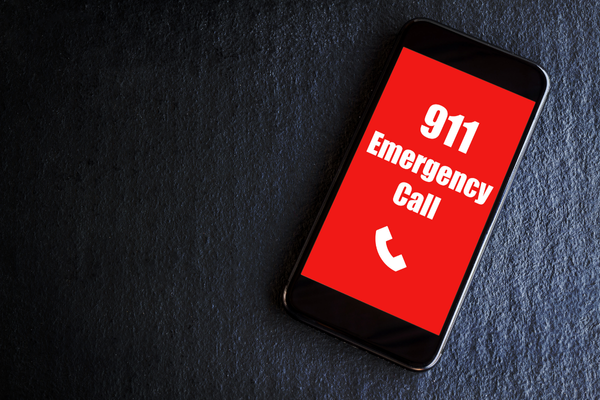
Technology Integration for Modern Home Safety
Smart Home Safety Features
Connected smoke detectors and security systems provide remote monitoring capabilities for enhanced safety. Smart detectors send alerts to smartphones when batteries run low or alarms activate. Integration with security systems creates comprehensive protection that notifies monitoring services during emergencies.
Water leak sensors and automatic shutoffs prevent catastrophic damage from plumbing failures. Wireless sensors detect moisture around appliances and in basements, sending immediate alerts to prevent damage spread. Automatic shutoff valves stop water flow when major leaks are detected.
Smart thermostats provide energy efficiency while maintaining safe temperatures for occupants. Program temperature schedules that reduce energy usage without creating unsafe conditions. Remote access allows temperature monitoring and adjustment from any location during extended absences.
Security camera systems and monitoring services create visible deterrents while providing evidence during incidents. Modern systems offer high-definition recording with night vision capabilities and remote viewing through smartphone apps. Professional monitoring services provide 24/7 surveillance and emergency response coordination.
Emergency Communication Technology
Weather alert systems and smartphone apps provide early warning of dangerous conditions. Sign up for local emergency alerts through county emergency management systems. Install weather apps that provide severe weather warnings specific to your exact location for timely preparation.
Two-way radio systems maintain communication during power outages when cell towers fail. Choose radios with weather band reception for emergency broadcasts. Establish communication schedules with family members and neighbors during widespread outages.
Backup charging solutions keep electronic devices operational during extended power outages. Solar chargers, battery banks, and car adapters provide multiple charging options for essential devices. Maintain charging cables for all family devices in emergency supply kits.
Satellite communication devices provide emergency contact capabilities in remote areas or during widespread communication failures. Personal locator beacons and satellite messengers allow emergency services contact when other communication methods fail. Consider rental options for temporary outdoor activities or emergency preparedness.
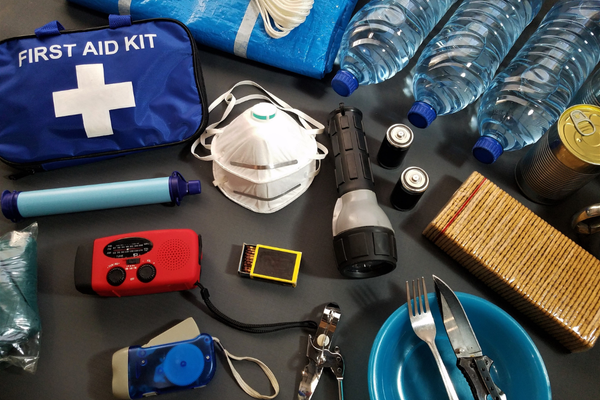
Creating Your Emergency Preparedness Plan
Home Safety Audit Checklist
Room-by-room safety assessments identify specific risks and improvement opportunities throughout homes. Check each space for fire hazards, security vulnerabilities, and emergency access routes. Document findings with photos and prioritize improvements based on risk levels and family needs.
Risk and cost prioritization helps families make smart improvement decisions within budget constraints. Address life-safety issues first, followed by property protection measures. Consider professional consultation for complex improvements like electrical work or fire damage prevention systems.
DIY versus professional service decisions depend on skill levels and safety requirements. Handle simple tasks like detector battery replacement and basic maintenance yourself. Professional services are essential for electrical work, gas appliances, and structural modifications that affect safety.
Implementation timelines keep improvement projects moving forward without overwhelming family resources. Spread major improvements over several months or years to manage costs effectively. Schedule seasonal preparations well in advance of weather changes for adequate completion time.
Family Preparedness Training
Age-appropriate emergency education teaches children essential safety skills without creating anxiety. Use games and practice activities to teach young children about fire safety and emergency procedures. Older children can learn first aid basics and family communication plans.
Emergency scenario practice helps families respond effectively during real emergencies. Practice fire evacuation drills at different times and conditions to build automatic responses. Run through severe weather procedures and communication plans to identify areas needing improvement.
Skill development in first aid and basic repairs increases family self-sufficiency during emergencies. Take community first aid and CPR classes as a family activity. Learn basic home repairs like water shutoffs, circuit breaker operation, and emergency lighting setup.
Regular plan review and updates keep emergency preparedness current with changing family needs. Review plans annually during daylight saving time changes or other regular schedule markers. Update contact information, supply inventories, and evacuation routes based on changes in circumstances.
Budget-Friendly Safety Improvements
High-impact, low-cost safety upgrades provide significant protection without major expense:
Immediate Safety Improvements:
- Install fresh smoke detector batteries
- Check and recharge fire extinguisher pressure
- Test all GFCI outlets using built-in buttons
- Add motion-sensor lighting to dark areas
- Install door reinforcement hardware
Medium-Cost Safety Enhancements:
- Upgrade to smart smoke detectors with phone alerts
- Add security film to vulnerable windows
- Install timer switches for automatic lighting
- Purchase emergency weather radio with battery backup
- Add carbon monoxide detectors to sleeping areas
Seasonal Safety Projects:
- Spring – Roof inspection and gutter cleaning
- Summer – HVAC maintenance and cooling system check
- Fall – Heating system inspection and weatherization
- Winter – Pipe insulation and generator testing
Phased improvement planning spreads costs over time while building comprehensive protection. Focus on one safety area each season, building from basic protection to advanced systems. Group related improvements together to reduce installation costs and improve system integration.
Community resources and group purchasing reduce individual costs through shared expenses. Organize neighborhood safety equipment purchases for volume discounts. Share professional services like duct cleaning or electrical inspections among multiple homes for reduced per-home costs.
Maintenance scheduling spreads costs throughout the year while maintaining system effectiveness. Create annual maintenance calendars that distribute expensive services across different months. Budget monthly amounts for safety improvements rather than facing large unexpected expenses.
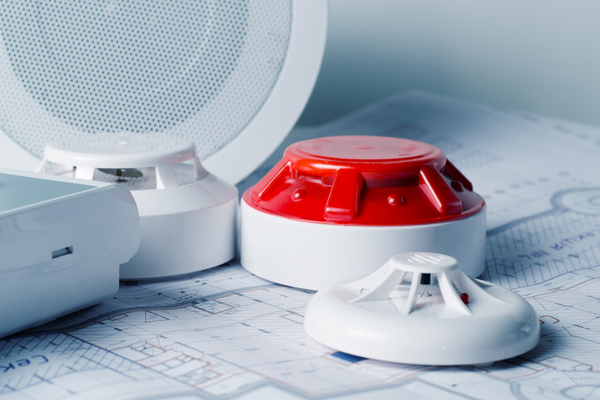
Building a Culture of Safety
Safety habits become automatic through consistent practice and regular reinforcement. Make safety checks part of routine home maintenance activities. Include all family members in safety activities so everyone understands their role in maintaining home protection.
Staying current with new safety technologies helps families take advantage of improved protection methods. Follow safety equipment manufacturers for updates on new products and features. Attend home and garden shows where safety vendors demonstrate latest technology developments.
Community involvement and mutual aid strengthen neighborhood-wide emergency preparedness and response capabilities. Participate in neighborhood watch programs and emergency response training. Share resources and knowledge with neighbors to build community resilience during disasters.
Annual safety plan review ensures continued effectiveness as families and homes change over time. Schedule comprehensive reviews during spring cleaning or other annual activities. Update emergency supplies, test all safety equipment, and revise plans based on lessons learned from practice drills or actual emergencies.
Content Restoration Services understands that effective home safety and emergency preparedness planning requires ongoing attention and professional expertise. Their experienced team provides Charlotte area families with comprehensive disaster recovery services when prevention efforts need professional support. Contact their knowledgeable staff to discuss specific safety concerns and develop customized protection strategies that address your home’s unique risks and family needs.
Building comprehensive home safety and emergency preparedness takes time, effort, and financial investment, but the protection provided far outweighs the costs. Families who prepare thoroughly experience less stress during emergencies, recover faster from disasters, and protect both their property and loved ones through effective planning and quality safety systems.

